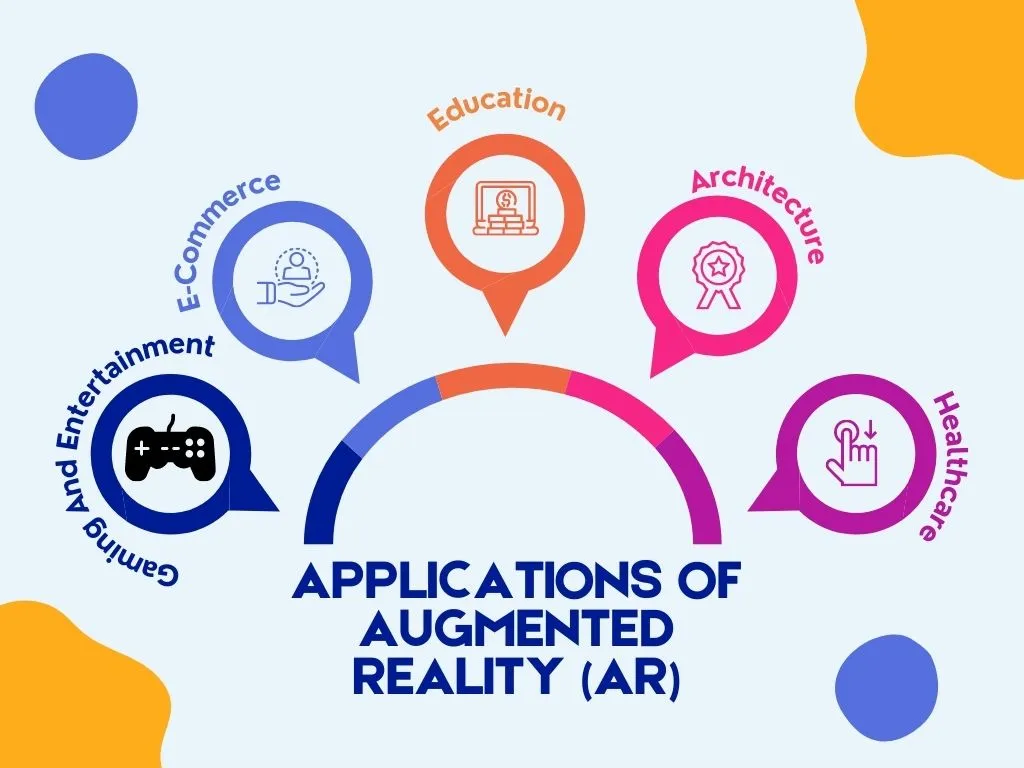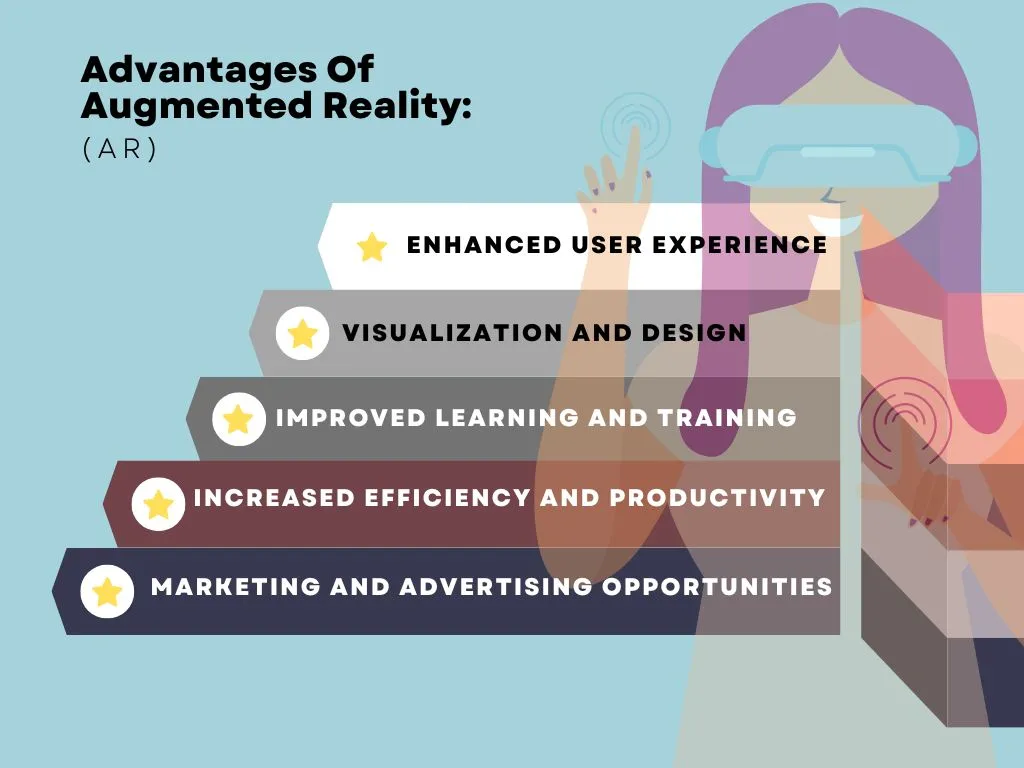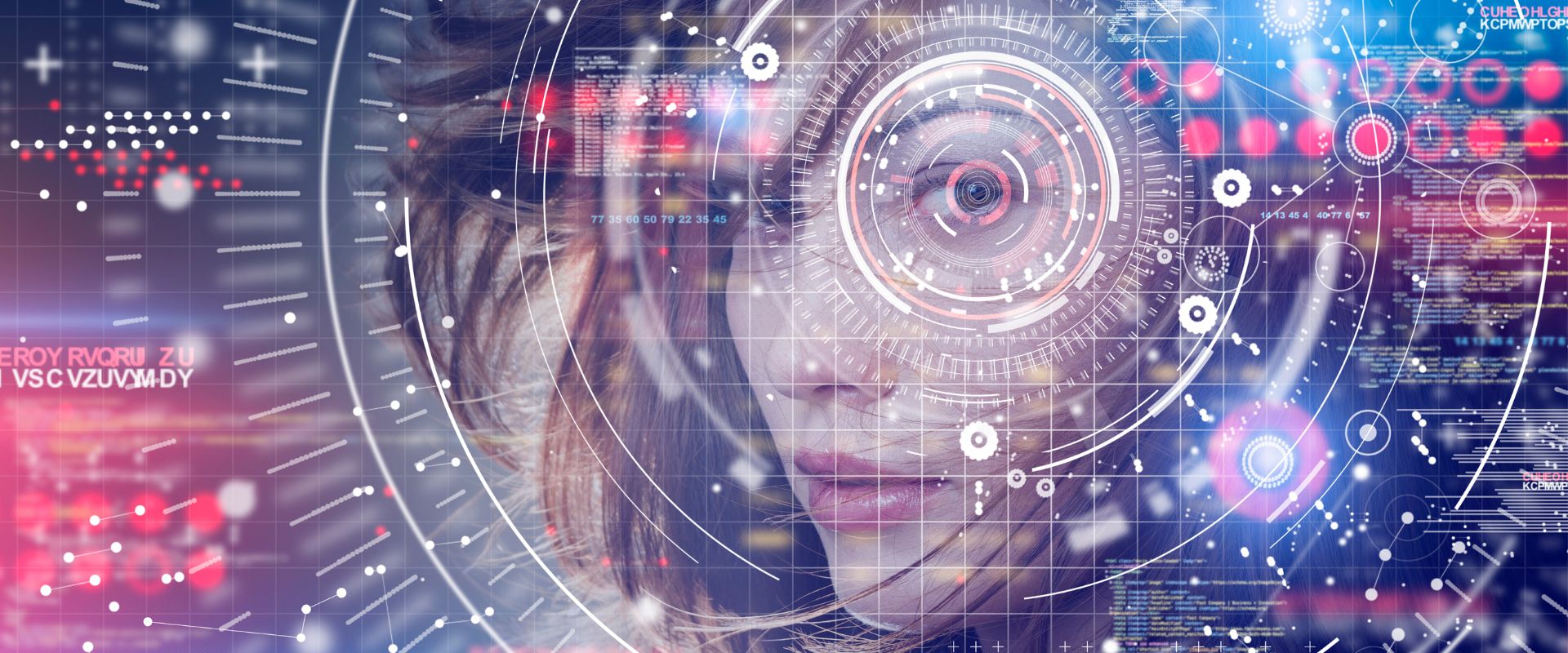In this modern era of technology, various innovations have transformed the way we interact with the world around us.
One such innovation that has gained significant traction is Augmented Reality (AR). Augmented Reality is a cutting-edge technology that blends the digital and physical worlds, providing users with an enhanced and immersive experience.
Whether you’re a tech enthusiast or someone who is curious about the possibilities AR offers, this beginner’s guide will provide you with a comprehensive understanding of Augmented Reality technology and its applications.
What is Augmented Reality?
Augmented Reality, often abbreviated as AR, is a technology that overlays computer-generated elements, such as images, videos, or 3D models, onto the real world. Unlike Virtual Reality (VR), which completely immerses users in a simulated environment, AR enhances the real world by adding digital elements to it.
This can be achieved through various devices, including smartphones, tablets, smart glasses, or dedicated AR headsets.
AR technology utilizes computer vision, depth tracking, and object recognition algorithms to accurately detect and track the real-world environment.
By analyzing the user’s surroundings, AR devices are able to position virtual objects in a way that they appear to coexist with the physical world.
This seamless integration of the digital and real-world creates a unique and interactive user experience.
“I do think that a significant portion of the population of developed countries, and eventually all countries, will have AR experiences every day, almost like eating three meals a day. It will become that much a part of you.” —Tim Cook
The Evolution of Augmented Reality:

The concept of Augmented Reality dates back several decades. In the 1960s, computer scientist Ivan Sutherland introduced the concept of a “head-mounted display” that could overlay computer-generated graphics onto the user’s field of view.
However, due to technological limitations, AR remained largely confined to research laboratories for many years.
It wasn’t until the advent of smartphones and advanced computer vision capabilities that AR technology started gaining mainstream attention.
In 2009, the release of the first AR app, “Layar,” for iPhones marked a significant milestone in the history of Augmented Reality.
This app allowed users to view additional information about their surroundings by simply pointing their smartphone camera at various objects.
Since then, Augmented Reality has rapidly evolved, thanks to advancements in hardware and software capabilities.
Major tech giants like Google, Apple, and Microsoft have heavily invested in AR technology, releasing their own AR platforms and devices.
Today, AR is being widely adopted in various industries, including gaming, entertainment, retail, healthcare, and education.
How Does Augmented Reality Work?

To understand how Augmented Reality works, let’s take a closer look at the underlying technologies and processes involved:
Sensors and Cameras:
AR devices are equipped with various sensors, including accelerometers, gyroscopes, and GPS, which gather data about the user’s location, orientation, and movements.
The device’s camera is also used to capture the real-world environment.
Computer Vision:
Computer vision algorithms analyze the camera feed and identify the user’s surroundings. They detect and track the position and orientation of objects, allowing AR content to be accurately overlaid onto the physical world.
Registration:
AR systems need to align virtual content with the real world in a process called registration.
This involves matching the camera feed with a digital 3D representation of the environment.
Rendering:
Once the registration is complete, the AR device renders virtual objects in real time, making them appear as if they are part of the real world.
This includes rendering accurate lighting, shadows, and reflections to enhance the realism of the AR experience.
Interaction:
AR devices provide various interaction methods, such as touch screens, voice commands, or hand gestures, to enable users to interact with virtual objects and manipulate the AR environment.
Augmented Reality (AR) – Statistics & Facts (2023)
 Augmented reality (AR) seamlessly merges digital information with the real world, enhancing our surroundings in real-time.
Augmented reality (AR) seamlessly merges digital information with the real world, enhancing our surroundings in real-time.
This technology can overlay graphics, sounds, and even smells onto our physical environment using mobile devices or specialized AR headsets.
According to Statista, The global AR market, part of the extended reality (XR) industry, is expected to see significant growth in the coming years.
MOBILE AR, which leverages the widespread use of smartphones and tablets, plays a vital role in this market. By 2023, the number of potential mobile AR user devices is predicted to reach 1.4 billion.
Both enterprise and consumer segments are expected to experience growth, including digital AR experiences.
Pokémon Go, the popular location-based AR game, is a prime example, with in-game purchases contributing significantly to consumer spending on mobile AR.
IN TERMS OF HARDWARE, AR headsets and glasses are key to enabling AR experiences. The consumer AR hardware market was valued at $2.4 billion in 2023 and is projected to surpass $9 billion by 2027.
This growth will be fueled by the introduction of various new AR headset devices, as well as the entry of new companies into the market. Notably, Apple recently unveiled its immersive headset, Apple Vision Pro, at its annual developer conference in June 2023.
This mixed-reality device allows users to seamlessly switch between AR and virtual reality experiences.
The availability of new AR headset devices will act as a catalyst, driving the adoption of AR technology.
Alongside Apple, companies like Microsoft, Magic Leap, Nreal, and Vuzix are continuously innovating and developing AR devices for various sectors.
For instance, Vuzix focuses on AR solutions for healthcare, manufacturing, and warehouse environments.
With the growing accessibility and innovation in AR technology, the future holds exciting possibilities for integrating the digital and physical worlds in ways we’ve never imagined before.
Applications of Augmented Reality (AR)
 Augmented Reality has found numerous applications across different industries, revolutionizing the way we engage with technology.
Augmented Reality has found numerous applications across different industries, revolutionizing the way we engage with technology.
Here are some of the key areas where AR technology is making a significant impact:
1. Gaming and Entertainment
Augmented Reality has brought a new dimension to gaming and entertainment. Popular games like Pokémon GO have successfully combined AR with location-based services, allowing players to catch virtual creatures in the real world.
AR also enhances the viewing experience by overlaying additional information, such as player statistics or real-time data, onto live sports broadcasts.
2. Retail and E-commerce
AR is transforming the retail industry by providing immersive shopping experiences.
With AR-enabled apps, customers can virtually try on clothing and accessories, visualize furniture in their homes before purchase, or preview products in a 3D format.
This helps customers make more informed decisions and reduces the rate of product returns.
3. Education and Training
In the field of education, Augmented Reality is revolutionizing the learning experience. AR allows students to visualize complex concepts, such as the human anatomy or historical events, through interactive 3D models.
It also enables hands-on training simulations in fields like medicine, engineering, and aviation, reducing the need for physical equipment and enhancing safety.
4. Healthcare and Medicine
AR technology is being leveraged in healthcare to improve patient care and medical procedures.
Surgeons can use AR overlays during surgeries to visualize critical information, such as patient data or real-time imaging, without diverting their attention from the operation.
AR can also assist in medical training, providing virtual guidance for complex procedures.
5. Architecture and Design
Architects and designers are using AR to transform the way they visualize and present their projects.
By overlaying virtual models onto physical spaces, they can showcase how a building or interior design will look before construction begins.
This helps in better communication with clients and stakeholders, reducing errors and improving overall design efficiency.
Advantages of Augmented Reality (AR):

Augmented Reality offers several advantages that make it an appealing technology for businesses and consumers alike. Let’s take a look at some of the key benefits:
1. Enhanced User Experience
By overlaying virtual elements in the real world, AR enhances the user experience by providing additional information, interactivity, and immersion.
Whether it’s gaming, education, or shopping, AR can make interactions more engaging and memorable.
2. Improved Learning and Training
AR-based educational tools and training simulations offer hands-on experiences that enhance learning and skill development.
By visualizing complex concepts and providing interactive exercises, AR facilitates better understanding and retention of information.
3. Increased Efficiency and Productivity
In industries such as manufacturing and logistics, AR can improve efficiency and productivity.
By overlaying real-time instructions and data onto the user’s field of view, AR enables workers to perform tasks more accurately and efficiently, reducing errors and streamlining operations.
4. Cost Savings
AR can potentially lead to cost savings in various areas. For instance, in remote assistance scenarios, AR can enable experts to guide technicians or customers from a distance, reducing the need for costly travel.
AR can also minimize the need for physical prototypes in product design, saving time and resources.
5. Visualization and Design
AR enables users to visualize and manipulate virtual objects in the real world, which is particularly useful in design and architecture.
By allowing clients to experience designs in a realistic manner, AR enhances communication and helps avoid misunderstandings early in the process.
6. Marketing and Advertising Opportunities
Augmented Reality provides new avenues for marketing and advertising. Brands can create immersive AR experiences to engage customers and build stronger connections.
AR-powered advertisements, product visualizations, and interactive campaigns have the potential to leave a lasting impact on consumers.
These advantages contribute to the growing popularity and adoption of augmented reality across various industries.
As technology becomes more accessible, we can expect to see even greater integration and innovation.
Conclusion
Augmented Reality is a ground-breaking technology that merges the digital and physical worlds, offering a rich and immersive user experience.
From gaming and entertainment to education and healthcare, AR has the potential to transform numerous industries and enhance various aspects of our daily lives.
As technology continues to advance, we can expect even more exciting developments in the field of Augmented Reality, opening up new possibilities and opportunities.
So, strap on your AR devices and get ready to explore a world where imagination meets reality.
FAQs
What are the key differences between Augmented Reality (AR) and Virtual Reality (VR)?
Virtual Reality (VR) creates a completely immersive and simulated environment, isolating the user from the real world.
On the other hand, Augmented Reality (AR) overlays digital information into the real world, blending virtual elements with the user’s physical environment.
What devices are needed to experience Augmented Reality?
To experience Augmented Reality, you can use devices such as smartphones, tablets, or specialized AR glasses.
These devices are equipped with cameras, sensors, and displays that enable the overlay of virtual elements onto the real world.
Can Augmented Reality be used for practical purposes beyond entertainment?
Yes, Augmented Reality has practical applications across various industries. It can be used for education, healthcare, architecture, retail, and more.
AR enhances learning, improves surgical procedures, visualizes architectural designs, provides virtual try-on experiences, and enhances tourism experiences, among other things.
Are there any safety concerns associated with Augmented Reality?
While Augmented Reality offers exciting possibilities, there are some safety concerns to consider. Users should be mindful of their surroundings while engaging with AR content to avoid accidents or collisions.
Additionally, prolonged usage of AR devices can cause eye strain or fatigue, so it’s important to take breaks and use the technology responsibly.
How is Augmented Reality expected to evolve in the future?
Augmented Reality is expected to continue evolving rapidly. Advancements in hardware, such as improved sensors and more comfortable AR glasses, will enhance user experiences.
Additionally, the integration of AR with other emerging technologies like Artificial Intelligence (AI) and the Internet of Things (IoT) will unlock new possibilities and applications.
How can businesses leverage Augmented Reality for marketing purposes?
Businesses can leverage Augmented Reality for marketing purposes by creating immersive and interactive experiences.
This can include AR-powered advertisements, virtual try-on features, interactive product visualizations, or gamified marketing campaigns.
By engaging customers through AR, businesses can leave a lasting impression and build stronger brand connections.
.png)

Recent Comments